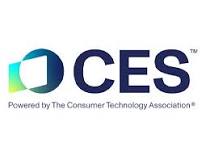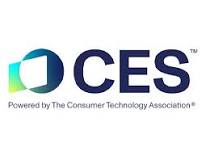 Most consumers might say that they would appreciate greater tech ease of use.
Most consumers might say that they would appreciate greater tech ease of use.
But is that what they get? The tech industry’s fondness for innovation (see Innovation Awards for 2025) will likely beget ease of use in one gadget (see gesture innovation) – while creating an integration requirement in another. There will be some intriguing announcements next week, like the winner of Challenge — The Digital Health for All Award – particularly targeting those with developmental disabilities – seeking greater independence and control of their health. And AARP’s AgeTech Summit will focus making daily tasks and aging easier. Taking a look at the list of startups exhibiting, individually they accomplish the targeted task goal.
How to move the ball forward on ease of use? The first requirement is to identify the barriers that inhibit ease of use. One effort launched recently by IEEE’s Standards Association is to identify and promote ‘AgeTech’ standards, titled Technology Standards for the Aging – which included a commitment to AgeTech interoperability – an objective that has eluded the AgeTech world, but that would help with the goal of making daily tasks and aging easier. One might think that interoperability standards might result in similar interaction behaviors across devices. The lack of these may be behind the frustration many feel interacting with screens in their cars, as well as their tablets, smartphones, TV remotes and appliances.
Improving the user experience in 2025. Perhaps this next year will see barriers tackled in two dimensions – designing for ease of use on the one hand — and enabling the user to obtain appropriate training when the product is in the market on the other. The first aspect, designing for ease of use, depends on developers understanding and envisioning who is the user. Too often it seems that developers design for themselves and their teammates, limiting testing to cohorts they recognize and seek. But as you know from the smartphone world, one day these developers might observe that their parents and grandparents also need to use the same device. Or there are products that have features to enable greater independence and wellbeing.
What role will AI play in 2025 to help improve tech design and user experience? For starters, as CES 2025 will demonstrate, AI has permeated, one might say, invaded the tech market. Perhaps it will be a focus on learning the user’s needs, or perhaps on shortcutting the effort to get vetted information that we can all use, regardless of age or tech experience. I look forward to more interactions that observe “I see you are trying to find…” and offering genuine help and even insight. We have already leapfrogged beyond the Google search list of links. For example, so many healthcare alternatives are opaque to the patient/consumer, more explanation and guidance at the time of the first query might be of great benefit. And for healthcare providers, shoring up guidance for them and that they provide – vetted AI assistance will be soon be expected.
[Stay tuned for the 2025 Market Overview Technology for Aging]
